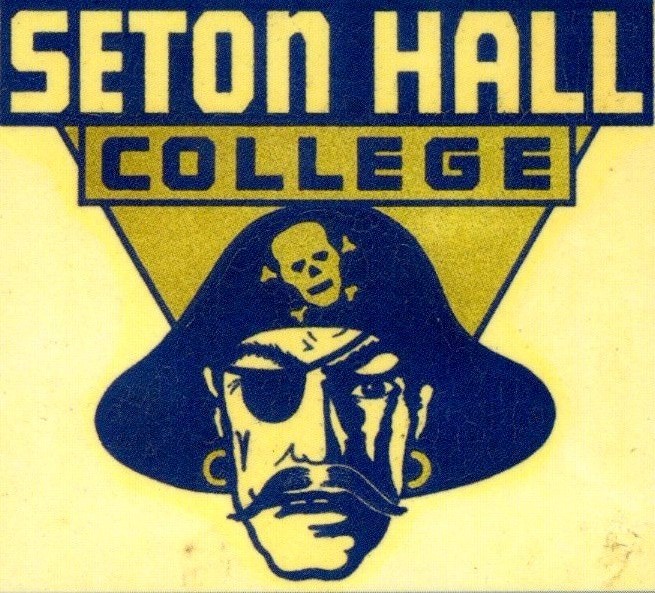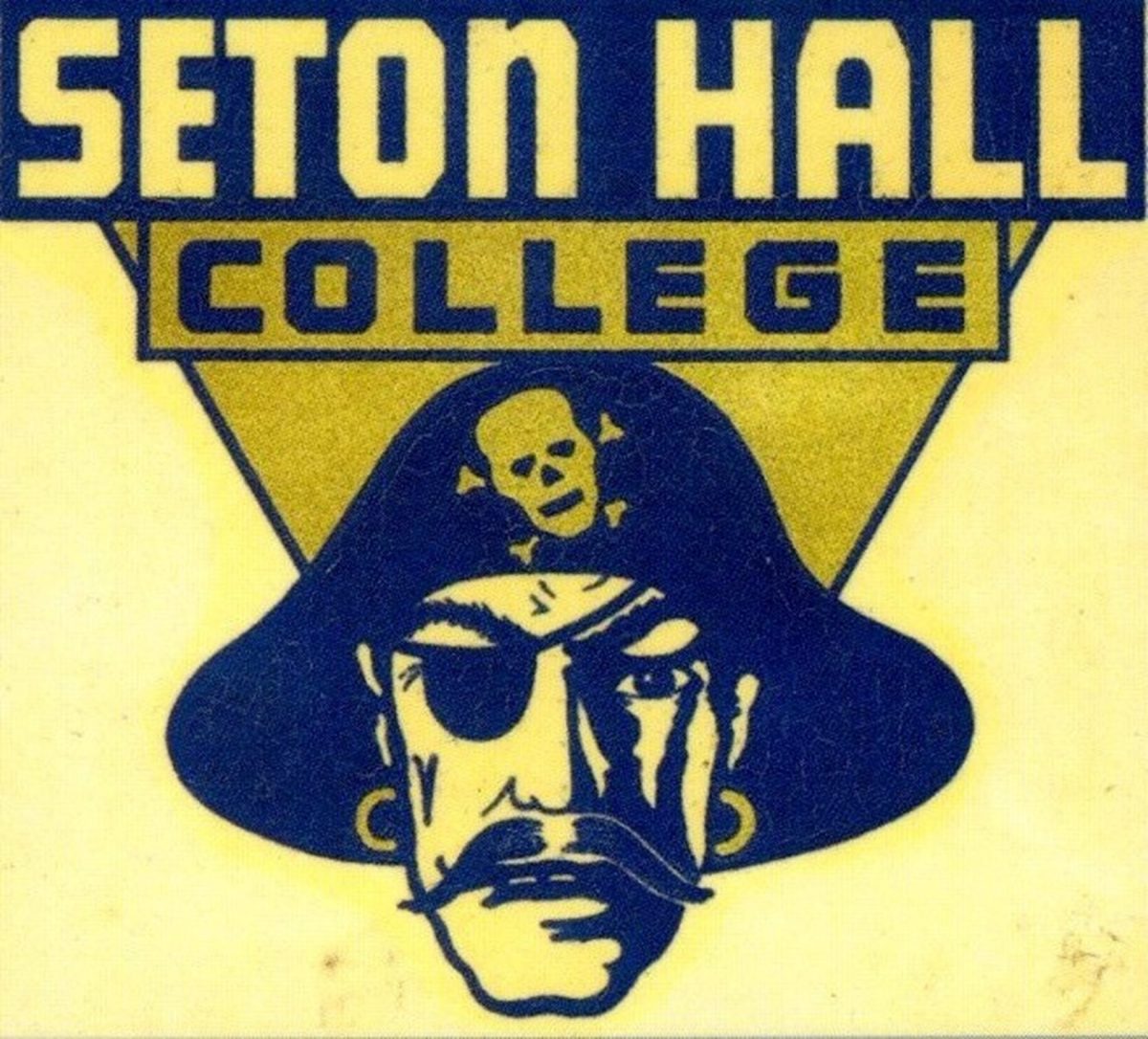
Introduction
By Alan Delozier, Humanities Librarian
Beyond an educated choice of academic specializations, the selection of a nickname, mascot, school colors, special cheers, and other unique campus traditions have long been one of the most important legacies that any college or university can make to universally celebrate their respective athletic teams in particular while honoring their student, alumni, and fan base by extension. On a competitive level sports-wise, there have been an abundance of Tigers, Bulldogs, Lions, Bears, and other wildlife for example in order to show team pride and hopefully inspire fear in opponents. However, other appellations have a logical link to history including such local models as the “Queensmen” of Rutgers College (founded in 1766 as Queen’s College) and the “Vikings” of Upsala (established in 1893 by Swedish educators who noted the nickname was synonymous with Scandinavian lore). Beyond what their opponents were formulating when it came to their own respective mascot preferences, Seton Hall had its own road to image-based immortality.
Throughout its storied history, the hues of “White and Blue” have always been synonymous with Seton Hall. These colors were adopted during the nineteenth century and likely inspired by Bishop James Roosevelt Bayley whose family crest features a series of white stars affixed to a cobalt field. Additionally, Blue is associated with the Blessed Virgin Mary, one of the early patronesses of the school and associated with finding truth while White is the symbol of purity, light, and saints who were not martyred (although Elizabeth Ann Seton was not canonized until 1975, she did not achieve martyrdom). Link to full story here.

